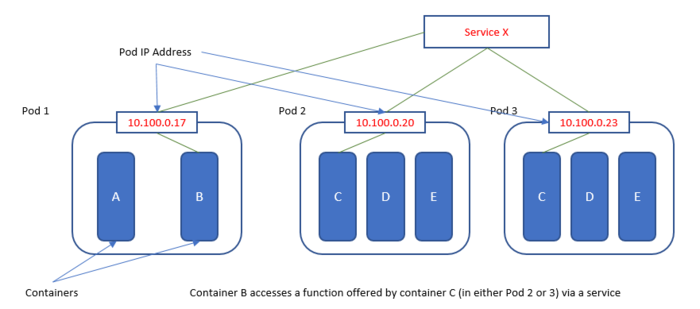
Launched by three Google engineers, Kubernetes is a container platform synonymous with the DevOps philosophy. Containers are a great and effective way to ship, manage, and run
containers in the cloud. Each cluster contains a master and work nodes, and containers can be
grouped into logical units. If a work node stops working, containers are redistributed as needed. With this platform, it’s possible to deploy native cloud applications and manage them as you see fit from anywhere. Yet despite the aforementioned factors, there are still some developers that consider Kubernetes overall complicated and even slightly distracting. If you fall into this
category, read on to learn more about why you should prioritize your Kubernetes practice:
Kubernetes & Helm
Another strong point for Kubernetes is its ability to seamlessly integrate with other tools that streamline the development process. While it’s clear that Kubernetes makes running containerized workloads easy, it could use a boost when it comes to application releases—and that’s where Helm comes in. With a vast amount of complex objects, Kubernetes can quickly become confusing. For instance, with objects like Persistent Volumes and ConfigMaps, you’ll need to write detailed YAML manifest files to roll out applications and their resources. For a more solid release
workflow, you can leverage a Helm repository for Kubernetes using tools like the JFrog
container registry. With Helm, you can configure software deployments, install and upgrade software, and define each set of applications as easily manageable components. Additionally, you can take advantage of Helm “Charts,” a packaging format that describes a set of
Kubernetes resource and can be as simple or as complex as you need.
Modern Modularity
Modularity is the concept of first creating multiple modules and then combining and linking them to create a complete system. Ultimately, this minimizes duplication, makes it easier to fix bugs,
and enables re-usability.
With containers, applications are broken down into smaller parts, creating a “clear separation of concerns,” for a deeper level of flexibility and simplicity. For instance, if you needed relationships you could use a relational database, and if you wanted ultra fast queries, you could
use a flat table like Azure Table Storage.
With this modular approach, focused teams can complete developments quicker and assume responsibilities for specific containers. But of course, containers need a little assistance; with
Kubernetes Pods, you can orchestrate and integrate modular parts.
Build a Better Infrastructure
Today, developers are dealing with more infrastructure than ever before. Long gone are the days where developers were only writing application code, and as a result, Kubernetes has become the best way to specify infrastructure. In the past, the tooling that supports applications were interlinked with the underlying infrastructure, making other deployment models costly to use. These days, developers must write applications that run across several operating
environments, including virtualized private clouds and public clouds like Azure.
With Kubernetes, infrastructure lock-in is completely eliminated. Everything your system needs—from load balancers to processes and GPUs—can be segmented in your YAML files and scheduled directly inside Kubernetes. With this, we can expect developers to write more documentation in the future, making infrastructure more explicit. We already see this happening today with Dockerfiles. The ability to see the underlying Kubernetes definitions when you debug
service issues is a major gamechanger.
Quicker Deployment
Kubernetes is synonymous with the DevOps philosophy, which emerged to help businesses speed up the process of building, testing, and releasing software. Its foundation is built around the premise of deploying at scale. Unlike the majority of infrastructure frameworks, Kubernetes
fully supports the at-scale model.
With Kubernetes Controllers, you can better manage the application lifecycle. Deployments can be scaled in or out at any time, status querying capabilities offer a high-level overview of every stage in the deployment process, and retain total control of versions by updating Pods or using them to scale back to previous versions. Furthermore, Kubernetes works alongside a variety of workloads, doesn’t restrict support language runtimes, and doesn’t dictate application
frameworks.